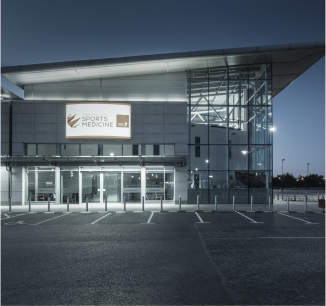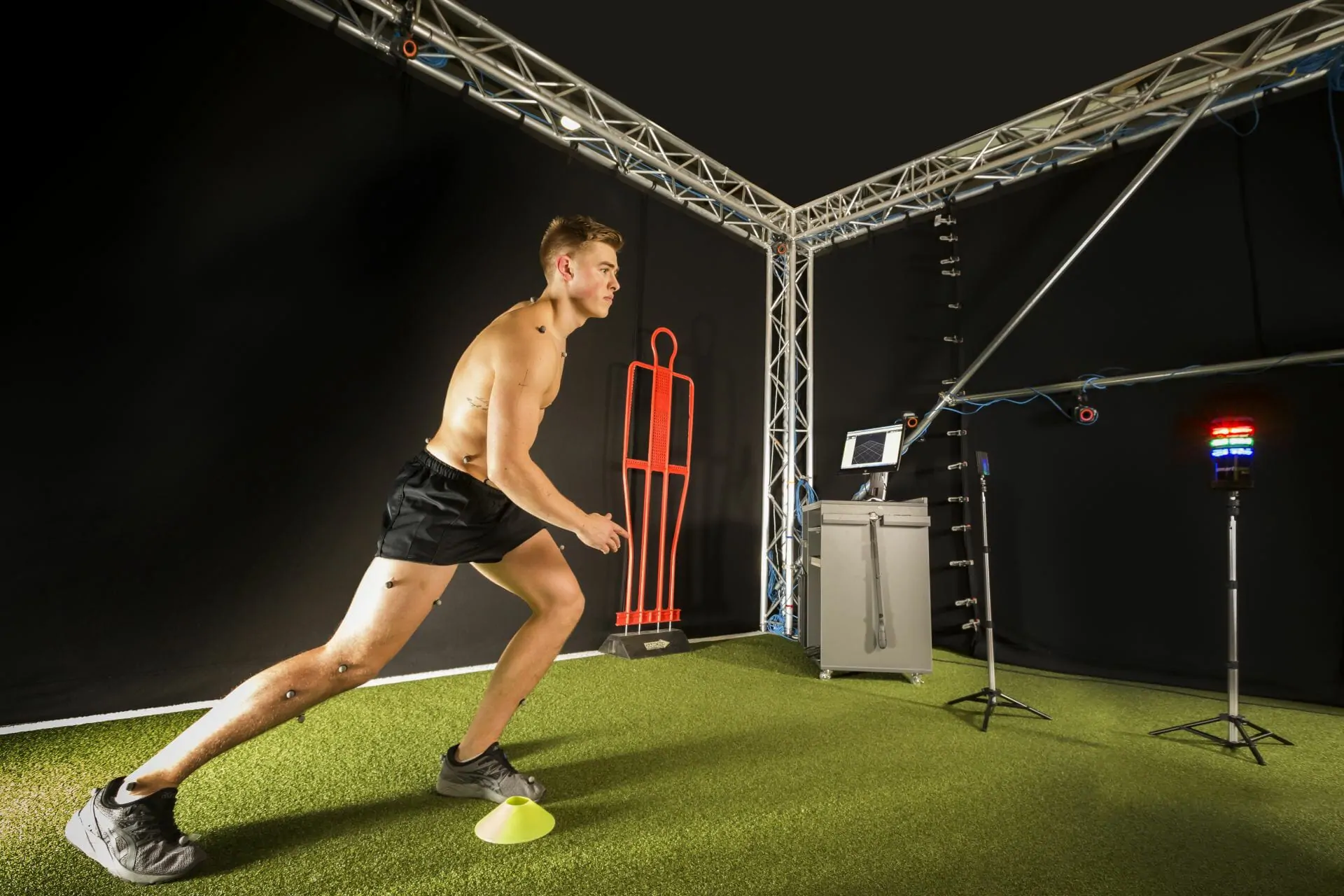The knee is one of the largest joints in the body, formed between three bones – the thigh bone (femur), the shin bone (tibia), and the kneecap (patella).
At the joint, the surface of each bone is covered in a thin layer of a substance called articular hyaline cartilage. This cartilage contributes to the smooth movement of the knee and protects the bone underneath from getting damaged.
Knee pain can be caused by a number of factors including accidents (trauma), malalignment, the way in which the knee moves (biomechanics), and due to ageing (degeneration).
Depending on the nature of your condition, conservative methods of treatment, including physiotherapy and/or injections are often trialled prior to surgery.

The knee is a hinge joint. This means that the knee’s main function is to allow the lower leg to bend and straighten up relative to the thigh. The knee also allows a small degree of medial (inner) and lateral (outer) rotation when the knee is bent.
- A joint capsule surrounds the knee joint to provide strength and lubrication. There are also four main strips of tough tissue, called ligaments, which stabilise the knee joint:
- The anterior cruciate ligament (ACL) prevents the largest bone on the lower leg, the tibia, from sliding forward too much. This ligament also provides the knee with rotational stability.
- The posterior cruciate ligament (PCL) prevents the tibia from sliding backwards too much.
The medial and lateral collateral ligaments (MCL & LCL) provide lateral stability by controlling the sideways motion of the knee.
The knee also has two C-shaped rings of cartilage called the medial and lateral menisci. These act as shock absorbers in the knee, whilst also contributing to the stability and smooth movement of the knee.
Small pockets (known as bursae) filled with a fluid called synovial fluid surround the knee joint. These bursae help to cushion and protect the joint from friction.
There are also pockets of a tissue called adipose tissue, known as fat pads, which help to cushion the knee from external stress.
The main muscles that make up the knee are the quadriceps, the hamstrings, the gastrocnemius of the calf, and some smaller, deeper muscles.
When the quadriceps are engaged, the knee is straightened, whereas engaging the hamstrings and gastrocnemius muscle will bend the knee.
One of the muscle groups of the hips, the gluteal muscles, are also extremely important for controlling the knee joint.
| For further information or to book an appointment with one of our knee specialists please contact info@sportssurgeryclinic.com |
We carry out an orthopaedic evaluation of your knee through the following three activities:
- A medical history to gather information about current complaints, duration of symptoms, pain and limitations, injuries, and past treatment with medications or surgery.
- A physical examination to assess swelling, tenderness, range of motion, strength, instability, and limb alignment.
- Diagnostic tests, such as X-rays or magnetic resonance imaging (MRI), which may be required to assess both the bony and soft-tissue structures of the knee.
We will discuss the results of your orthopaedic evaluation and the various treatment options available to you in detail.
Arthroscopy
Arthroscopic surgery is when the surgeon inserts a thin, pencil-sized device, containing a tiny lens and lighting system, into a small incision to look inside the knee joint. The images inside the joint are shown on a TV monitor and allow the surgeon to make a clear diagnosis.
Other surgical instruments can also be inserted so that repairs can be made, depending on the diagnosis.
Surgeries such as a partial meniscectomy, meniscal repair, or ACL reconstruction, are generally carried out using these arthroscopic methods.
Open Surgery
Knee replacement is an open surgery performed through an incision at the front of the knee. Other surgeries such as collateral ligament reconstruction and osteotomy are also performed by open incisions to the knee of varying lengths and location depending on the specific procedure.
Rehabilitation is crucial to maximise the success of any knee surgery, and commitment to a structured rehab programme is an essential part of your recovery.
This rehabilitation should be closely followed in consultation with your orthopaedic surgeon and chartered physiotherapist.
Click the following link to download this brochure The Knee














